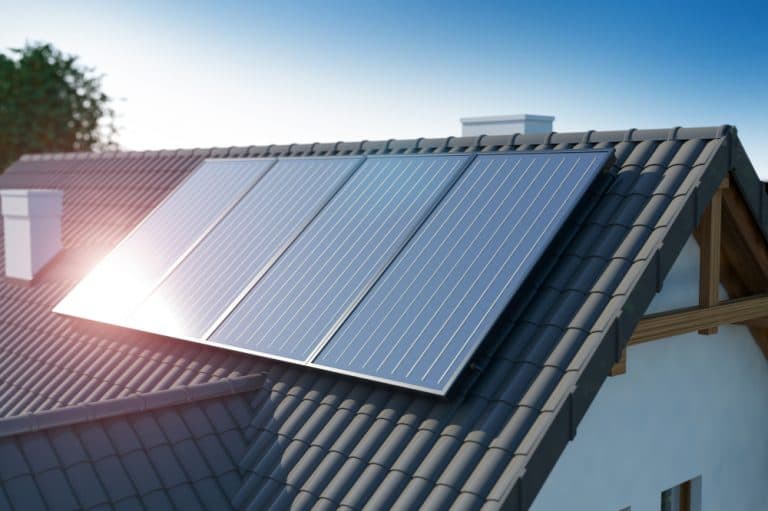Power Continuity with Digitalization and Renewable Energy

Power continuity is a major concern. Solving this issue, however, will require more than a bandaid fix.
That is why experts in the field have paired grid updates with renewable energy. The future of utility reliability is dependent on the co-dependence of renewables and technology upgrades.
Together these updates will increase reliability and flexibility of the grid. Let’s take a look at the potential that both of these innovative improvements have.
IEA Digitalization Energy Report
The International Energy Association (IEA) has done some data analysis. As a result, they have found that digitalization of the grid is the path of least resistance for the future.
The reports show that digitalization is expanding at a rapid pace. Internet traffic is larger than it ever has been and this is just one of the many devices that rely on electricity.

As we continue to rely on electronics, the grid’s stability has become more than a convenience. For many, their livelihood is contingent on electricity-dependent equipment.
Without power computers and phones will last a while. However, without electricity to charge the battery, it will soon become a useless piece of metal. The same goes for microwaves, vacuums, washing machines and so much more.
Without continuous power, our society would have a hard time carrying on. Which is why it is imperative to update the grid.
Digital Trends in Utilities
Today the future of utility power is moving towards heightened digitalization. Several trends have started to take hold.
Some of these updates include billing, metering and repair alerts. These updates are being met with reliance on the internet and new technology.
The internet provides the platform for these improvements. While new technology increases its reach.
Digital Transformation in Power Utilities
Utility companies have reached a point where they can no longer stay behind. They need to provide more power than ever before at all times.
This means they need to think outside the box. Which is why the grid is now transitioning. Those in the energy industry call it the smart grid.
With the smart grid, the utility will have access to technology that allows more people to use power. Smart grids help increase the efficiency and flexibility of available power sources. Which allows them to meet increased demands.
Cutting Risks With Smart Grid Technology
Smart grids rely on a verity of different technologies. Some of these include sensors, smart meters and smart thermostats.
These technologies help decrease some of the risks that the grid has. One of these diminished risks is power outages.
It does this by alerting utilities of potential problems which increases response time. In fact, in most cases, it mitigates a problem from ever occurring.
This technology is also able to monitor energy loads on the grid. It can then direct electricity where it is most needed. Making it easier to manage newer forms of energy generation.
Digital Transformation in Renewable Energy
One of the main challenges for solar customers is their excess usage. During the day an average residential solar array produces more than the home needs.
If the solar customer doesn’t have battery backup excess power gets stored on the grid. This excesses energy is then put as a credit on the customer’s utility bill.
Currently, excess solar generation isn’t directed to these sources or stored for later. Which is why the excess power on the grid is creating power outages. Smart grid technology, however, could curb this issue.
The problem is that excess solar on the grid causes more problems. This is because solar panels only produce power during the day. However, unless the utility customer is a 9 to 5 business, they don’t use much power during this time.
Where Solar Fits in the Smart Grid
Smart grids can direct electricity where it is most needed. So, if a home is overproducing it can route this excess solar power to a nearby business or storage facility.
The control that the smart grid gives, however, also opens up other doors. One door is micro-grids.
Micro-grids allow people to sell their excess solar generation to the neighbors. This provides more energy options for non-solar customers and decreases the amount of energy the utility needs to produce. If excess power is either used or stored, the grid will no longer have an issue.
Although it may take a while for all these changes to take place, they are happening. If you want to increase your home’s power continuity today, you can get solar with battery backup.



Send a Message
Oops! We could not locate your form.